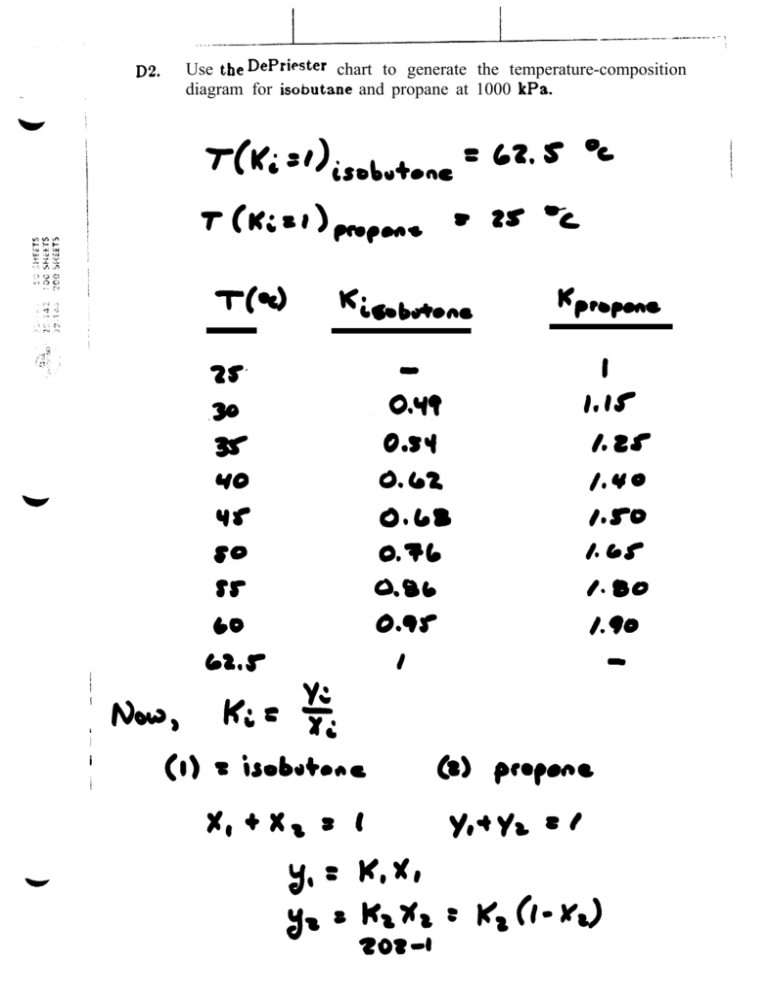

If the feed is already hot and/or the pressure of the flash drum is quite low, the pump and heater shown in Figure 2-1 may not be needed. The pressures must be chosen so that at the feed pressure, p F, the feed is below its boiling point and remains liquid, while at the pressure of the flash drum, p drum, the feed is above its boiling point and some of it vaporizes. In addition, he or she will need to know how much the original feed has to be pressurized and heated. He or she also wishes to know the pressure, temperature, and flow rate of the feed entering the drum. The designer of a flash system needs to know the pressure and temperature of the flash drum, the size of the drum, and the liquid and vapor compositions and flow rates. Figure 2-1 shows a vertical flash drum, but horizontal drums are also common. Because of the intimate contact between liquid and vapor, the system in the flash chamber is very close to an equilibrium stage. The system is called “flash” distillation because the vaporization is extremely rapid after the feed enters the drum. A demister or entrainment eliminator is often employed to prevent liquid droplets from being entrained in the vapor. The vapor is taken off overhead, while the liquid drains to the bottom of the drum, where it is withdrawn. Because of the large drop in pressure, part of the fluid vaporizes. The fluid is pressurized and heated and is then passed through a throttling valve or nozzle into the flash drum. The equipment needed for flash distillation is shown in Figure 2-1. Usually a large degree of separation is not achieved however, in some cases, such as the desalination of seawater, complete separation results. The more volatile component will be more concentrated in the vapor. In this process, part of a feed stream vaporizes in a flash chamber, and the vapor and liquid in equilibrium with each other are separated. One of the simplest separation processes commonly employed is flash distillation.
#DEPRIESTER CHART FOR ACETONE PLUS#
Aspen Plus Troubleshooting Guide for Separations Chapter 17: Introduction to Adsorption, Chromatography, and Ion Exchange.Chapter 16: Introduction to Membrane Separation Processes.Chapter 14: Extraction of Partially Miscible Systems.Chapter 13: Immiscible Extraction, Washing, Leaching, and Supercritical Extraction.



 0 kommentar(er)
0 kommentar(er)
